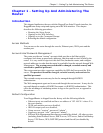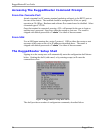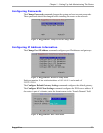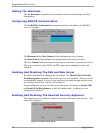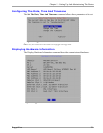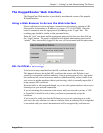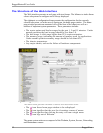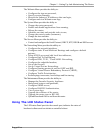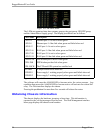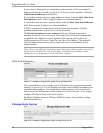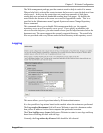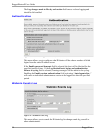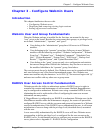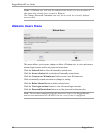
Chapter 1 - Setting Up And Administering The Router
The Webmin Menu provides the ability to:
• Configure the sign-on password,
• Specify session timeouts,
• Restrict the Subnet of IP addresses that can login,
• Configure and view Webmin event logs,
The System Menu provides the ability to:
• Change the router password,
• Enable and disable applications from running,
• Reboot the router,
• Schedule one time and periodic tasks to run,
• Change the router's name (hostname),
• Change the time and date.
The Servers Menu provides the ability to:
• Control and configure the Serial Protocol, DHCP, NTP, IRIGB and SSH servers.
The Networking Menu provides the ability to:
• Configure the network interfaces,
• Configure static IP and Multicast Routings and configure a default
gateway,
• Select a DNS server and edit local host addresses,
• Configure End To End Backup,
• Configure DDS, T1/E1, T3 and ADSL Networking,
• Configure the embedded modem,
• Set up the firewall,
• Set up Virtual Private Networking,
• Configure Routing protocols such as OSPF and RIP,
• Configure Virtual Router Redundancy Protocol (VRRP),
• Configure Traffic Prioritization,
• Perform pings, traceroutes, host lookups and line tracing.
The Maintenance Menu provides the ability to:
• Manage the Gauntlet Security Appliance
• Backup and restore configurations,
• Configure SNMP access,
• Configure RADIUS Authentication,
• View system logs,
• Upgrade the software of the router,
• Upgrade the router type to RX1100,
• Upload/Download files to and from the router.
Using The LED Status Panel
The LED status Panel provides the console port, indicates the status of
hardware/software and can initiate a controlled reboot.
RuggedCom 33



